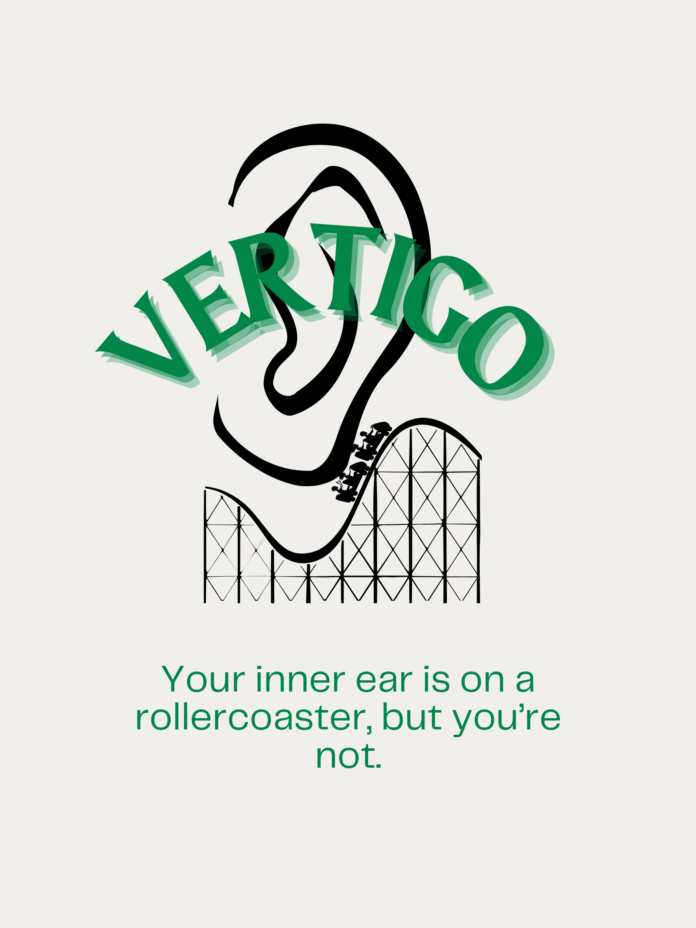And, the explosion of information across scientific and technical fields over the past few decades has created a world overflowing with data. Scientific publications, repositories, visualization platforms, as well as computational tools, have expanded dramatically to accommodate this surplus; however, the rate of knowledge production now exceeds the capacity of most audiences to process and internalize it meaningfully (Schröder et al., 2023). The dominant assumption remains that more information leads to more clarity, yet the trend of adding more slides, graphs, bullet points, along with articles, produces fact-stacked communication that fails to recognize that clarity does not come from completeness (Olson, 2013). Clarity emerges from narrative. Audiences do not automatically derive meaning from information. Although accuracy remains a priority in an information-dense world, narrative structure is often avoided in fear of oversimplification, even though effective communication is increasingly essential.
But, information alone does not create understanding. The pursuit of more information mirrors the linguistic pattern of “and, and, and,” a communication style that overwhelms audiences with unordered detail and no narrative arc (ABT Narrative Training Program, n.d.). The brain requires structure to make meaning. The human language network encodes experience and knowledge as causal chains, not isolated facts (Chen & Bornstein, 2024); therefore, understanding relies on semantic cognition, the ability to construct a mental situation model from relationships among elements. Without narrative causality, no such model can form (Schröder et al., 2023), so when information is embedded in a narrative framework, audiences understand faster, remember longer, and also make more informed decisions (Schröder et al., 2023). Even expert audiences benefit from narrative scaffolding. Therefore, the MIT Communication Lab explicitly teaches Randy Olson’s And, But, Therefore (ABT) narrative structure in scientific communication because raw information is insufficient; without a narrative, understanding does not transfer.
Therefore, understanding is the recognition of context, conflict, and resolution (Chen & Bornstein, 2024). The brain naturally thinks in stories, so Olson’s ABT model formalizes this cognitive pattern: “And” establishes shared reality, “But” highlights tension or a knowledge gap, and “Therefore” delivers implication or resolution (Olson, 2015). ABT is effective because it aligns with the brain’s cognitive architecture by providing meaning through structure, communicating the why, the stakes, as well as the direction; therefore, narrative is not optional for understanding. When findings are presented with contextual relevance, interpretation, and recall improve because ABT mirrors the brain’s process for constructing understanding.
We live in a world full of information, yet sharing it effectively is essential. But without a narrative structure, information fails to transfer. Therefore, the ABT model enables communication that conveys not only data, but meaning, memory, as well as insight. This article not only describes the ABT narrative but also embodies it through performing it. Using Randy Olson’s ABT-O-Meter, which quantifies narrative coherence, the writing scored an AND Frequency of 2.5% percent, which falls within the optimal 2% to 6% range, ensuring the writing remains connected but not repetitive. This article also has a Narrative Index score of 44, which remains above the threshold of 20 associated with narratively strong composition. This confirms that this article itself functions as a real-world example of the ABT framework in practice.
References
ABT Narrative Training Program. (n.d.). The ABT framework. https://abtframework.com/
ABT Narrative Training Program. (n.d.). Randy Olson’s ABT-ometer: Analyze your text using narrative metrics. https://abtnarrative.com/abt_analyzer.html
Chen, J., & Bornstein, A. M. (2024). The causal structure and computational value of narratives. Trends in Cognitive Sciences. https://doi.org/10.1016/j.tics.2024.01.003
MIT Communication Lab. (n.d.). Scientific storytelling: The ABT method. Massachusetts Institute of Technology. https://mitcommlab.mit.edu/cee/commkit/scientific-storytelling/
Olson, R. (2013). Randy Olson: Great Challenges Day [Video]. TEDMED. https://www.youtube.com/watch?v=ERB7ITvabA4
Olson, R. (2015). Houston, we have a narrative: Why science needs story. University of Chicago Press.
Schröder, K., Eberhardt, W., Belavadi, P., Ajdadilish, B., van Haften, N., Overes, E., Brouns, T., & Calero Valdez, A. (2023). Telling stories with data: A systematic review. arXiv. https://arxiv.org/pdf/2312.01164


